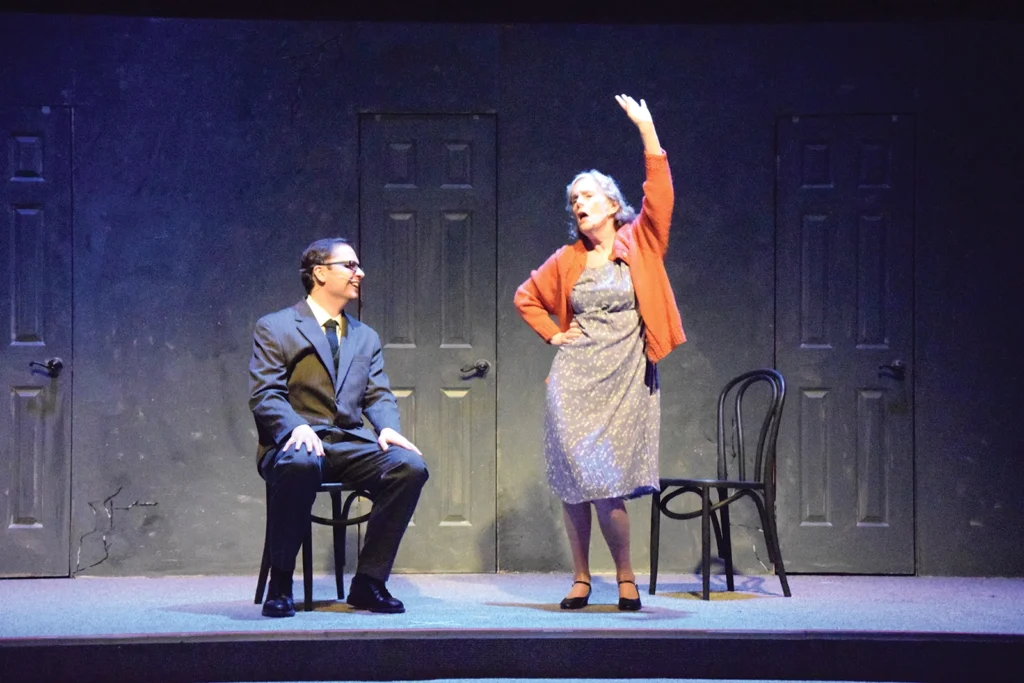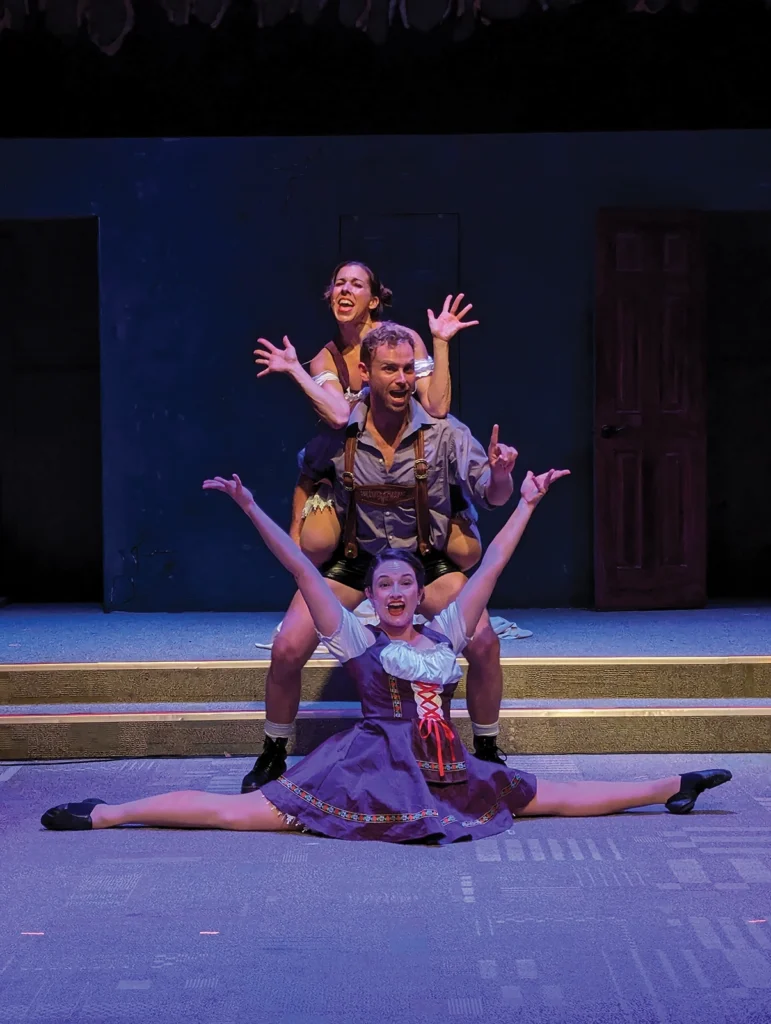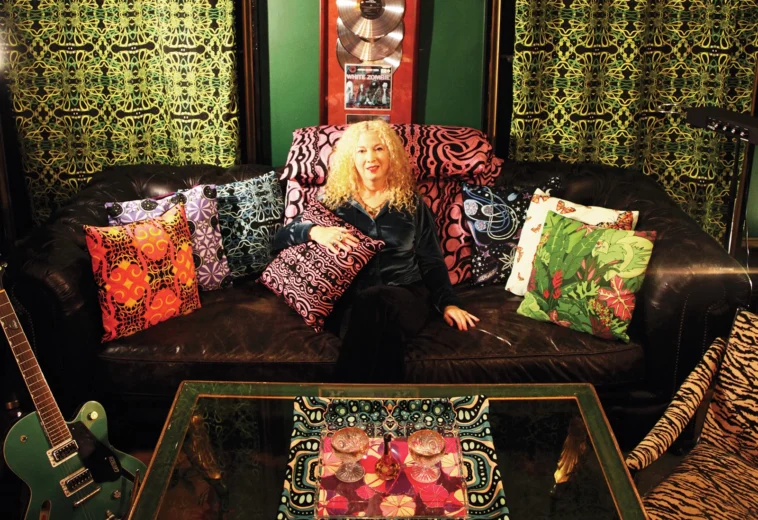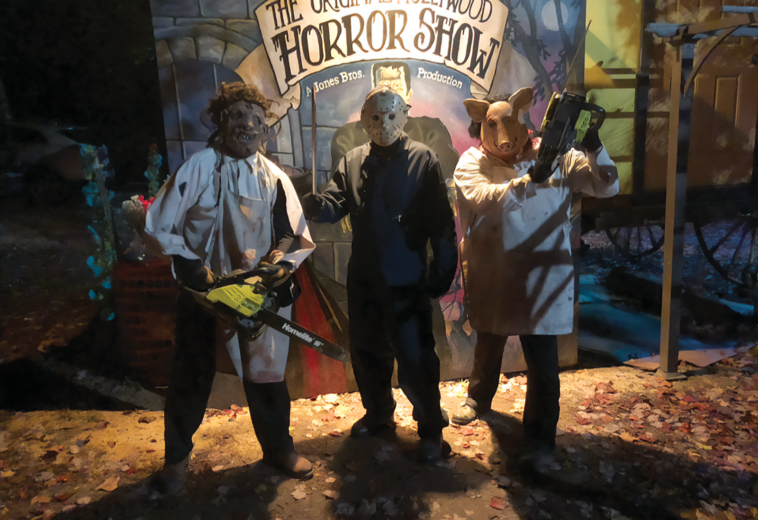Article:
BY ELIZABETH BRIGNAC
Don’t expect a relaxing evening at the theater at a production by The Justice Theater Project. It will engage you. It will entertain you. But your role as an audience member will not be passive.
“I used to always say, ‘Sit back, relax and enjoy the show,’” says Jerry Sipp, The Justice Theater Project’s artistic director. “And I never say that now. I say, ‘Move to the edge of your seat and be a part of it!’”
The Justice Theater Project began in 2004 as a ministry of St. Francis of Assisi Catholic Church as part of a series of discussions related to the death penalty. Since then, the organization has become its own nonprofit entity.
It selects plays focused on important community issues and asks audience members to recognize their own involvement with these topics. The artists use theater to fuel important—and often difficult—conversations, both through their performances and beyond the theater walls. “If you leave the theater and you never talk about the show again, we didn’t do our jobs as well as we want to,” says Sipp.
The Justice Theater Project works with community partners to educate audiences about the topics at the heart of their plays. For each show, they bring in experts to explore a subject from multiple viewpoints, usually offering three talks or roundtable discussions per show for people who want to learn more about the issue.
Last April, for example, The Justice Theater Project did a production called “26 Pebbles,” based on playwright Eric Ulloa’s interviews with members of the community in Newtown, Connecticut after the 2012 shooting at Sandy Hook Elementary School. In addition to the performance itself, the producers brought in people to speak about how communities deal with violent events of this kind.
One speaker who had lived in Newton discussed what it was like to have her hometown become the center of a national conversation on mass shootings. An expert in firearms discussed gun violence from the perspective of gun safety. A psychologist held a talk on how people heal after traumatic events take place in their communities. With plays like this one, “[W]e’re trying to attack [the issue] and to look at it from different lenses and different angles,” says Matara Hitchcock, The Justice Theater Project’s executive producer.


Each season, the organization considers what issues they would like to address and selects plays that engage those topics in meaningful ways. Earlier seasons centered on specific themes, but today, The Justice Theater Project selects plays that address a variety of topics per season.
One overarching theme—variations on which have shown up in performances over many seasons—relates to the nature of conversation itself: how to discuss difficult topics on which we disagree and how to look at issues from other people’s viewpoints.
The artists address questions of perspective, nuance and shifting viewpoints in creative ways. “When we did ‘12 Angry Jurors,’ says Sipp, “we put it in the round so the audience was on all sides of [the jurors in the play]. They all felt like flies on the wall. Then we blacked out the show in two different places, and we spun the [jurors’] table around.
So basically we were spinning the perspective from which the audience was seeing the show … and we went back and we played the last 10 seconds from that different angle. Then we did that a third time.” Audience members appreciated the opportunity to see the scene—and the situation—from different viewpoints.
The Justice Theater Project makes an effort to represent multiple perspectives, both in terms of the plays they select and in how the plays are cast, which is not always done in a traditional manner. They cast people from a wide variety of ages, races, physical abilities, ethnicities, gender and sexual identities, and other perspectives.
They also perform at different venues throughout the Triangle in order to engage different audiences with whom the play’s themes might resonate. For example, they planned a recent one-person performance with a senior citizen performer at Glenaire, a retirement community in Cary.

Conversation and education are two of The Justice Theater Project’s goals, but the artists also hope people will bring what they learn into the world through action. “We’re a mission-driven organization,” says Hitchcock. For her, being mission-driven means “making sure that all of our shows are thematically supporting our mission. And part of how we’ve done that is partnering with different nonprofit entities for each of our shows.”
Through The Justice Theater Project’s Spotlight Advocate program, each play’s partner nonprofit organization sets up a table in the lobby and talks with theatergoers about the issue at the heart of that play. The spotlight nonprofit is also given a few minutes before each performance to talk about how their mission is relevant to the play and how the audience might support the organization.
Hitchcock hopes audiences come to The Justice Theater Project shows “willing to challenge themselves and engage with others … not to just leave the experience in the room, but to take it with them—share it among other audience members or in their personal lives.” She says she hopes that each performance makes its way into the world so that it “won’t be a stagnant experience—that it will grow.”



